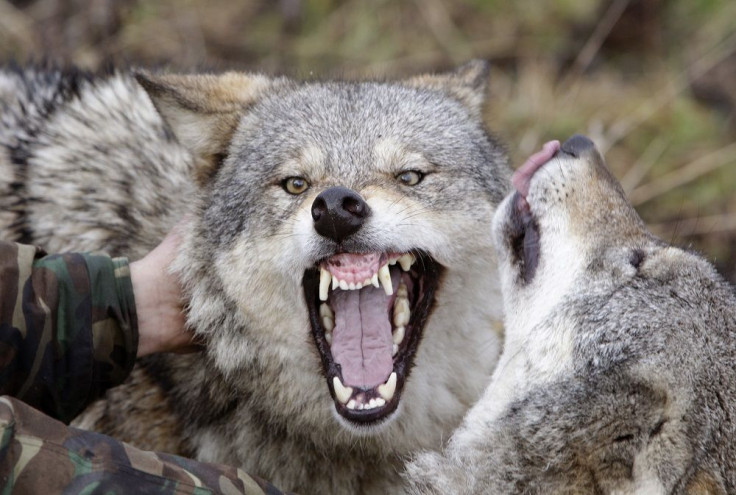Washington’s Grey Wolf Population Up 30% In 2014

Washington state’s grey wolf population went up by over 30 percent in 2014, said a survey released on Friday by the Washington Department of Fish and Wildlife or WDFW. The study said that besides the higher headcount, four new packs were discovered in the yearly survey.
The survey placed the total number of grey wolves at 68, up from 52. The number of packs also grew to 16 from 12. During the 12-month period covered by the survey, 10 wolves died.
The increase in population is due to breeding pairs now reaching five. However, the grey wolves were also pointed as the culprit behind the death of 35 sheep in the state, reports Immortal.org.
Reckoned from 2011, the number of grey wolves in Washington had tripled, said WDFW carnivore specialist Donny Martorello. The basis of the group’s headcount are aerial surveys, wolf tracks, remote cameras and signals from tracking collars worn by some of the animals.
Outside Washington, Wisconsin and Michigan appealed the December ruling by a court that placed again the grey wolf on the endangered species list. There is a possibility that the federal government would join the appeal.
With the ruling, wolf-hunting season was eliminated. In filing its appeal, the Department of Natural Resources in Michigan said it should be allowed to manage the wolf population in the state to keep a “socially acceptable wolf population.”
The December decision gave wolf management to the federal government in three Great Lakes states, but the federal government has different treatment of the animals in these states. Minnesota classifies wolves as threatened, but other states consider it endangered.
Under Minnesota’s classification, wolves that regularly kill livestock could be culled, but farm owners in the two other states cannot do that, according to Bringmethenews.com.
To contact the writer, email: v.hernandez@ibtimes.com.au




















